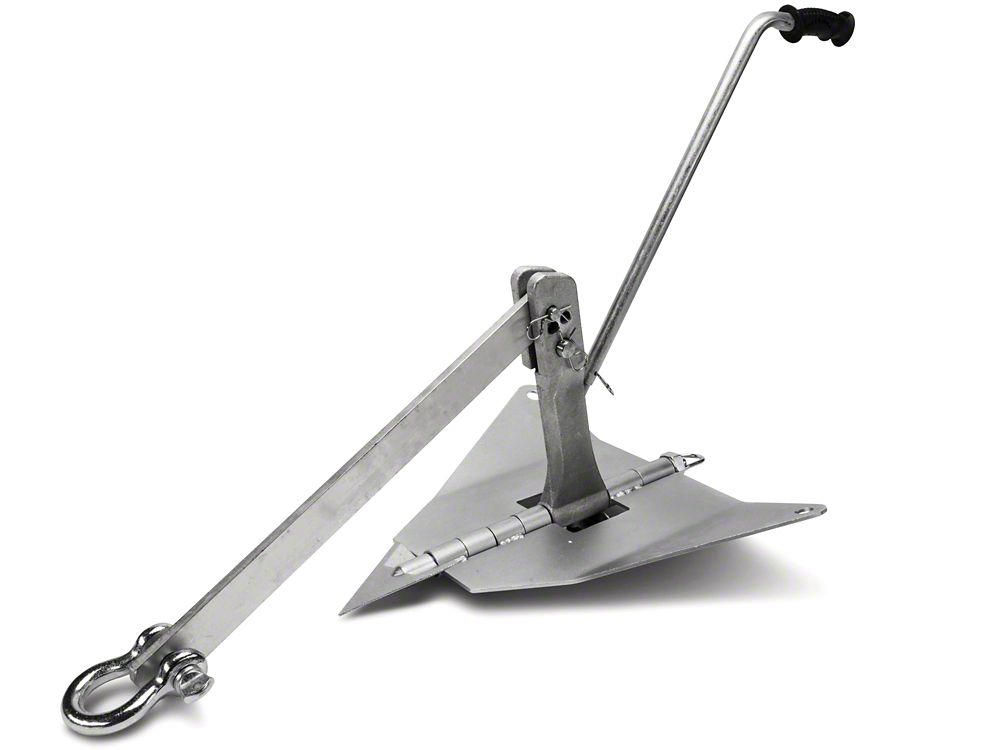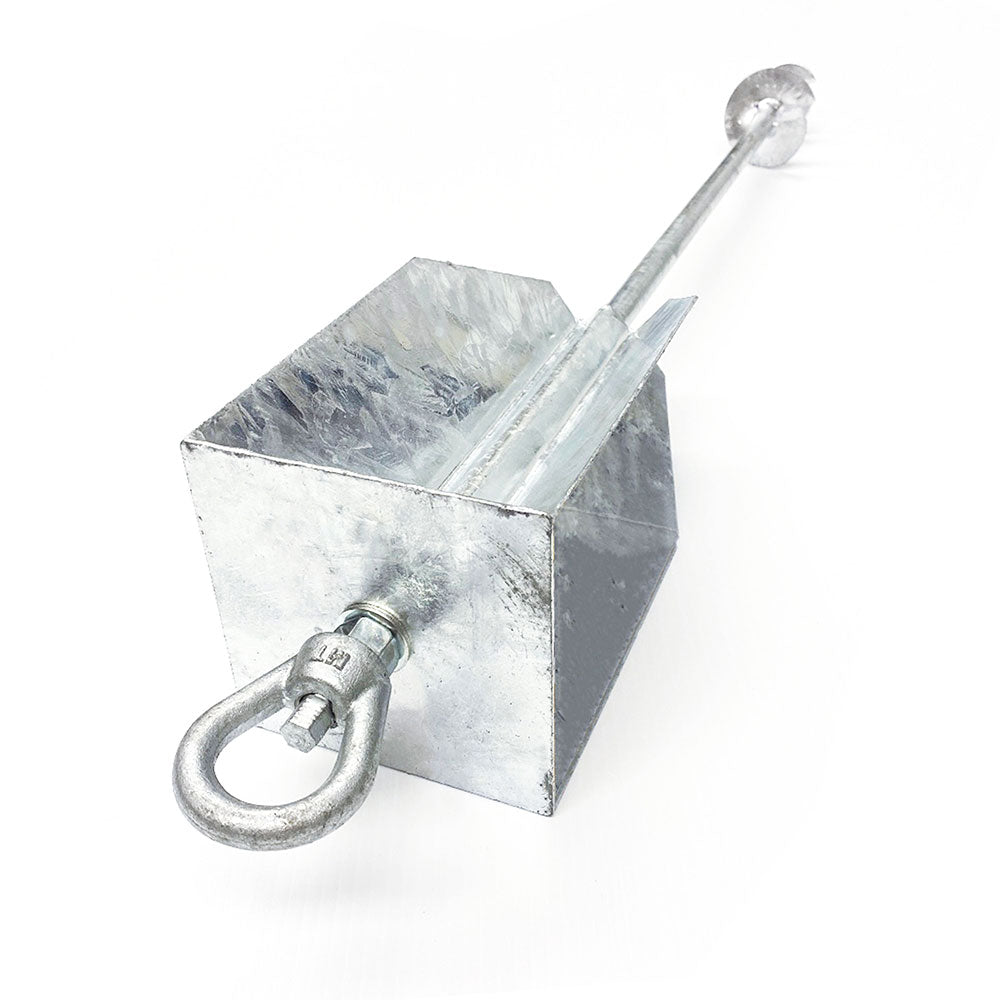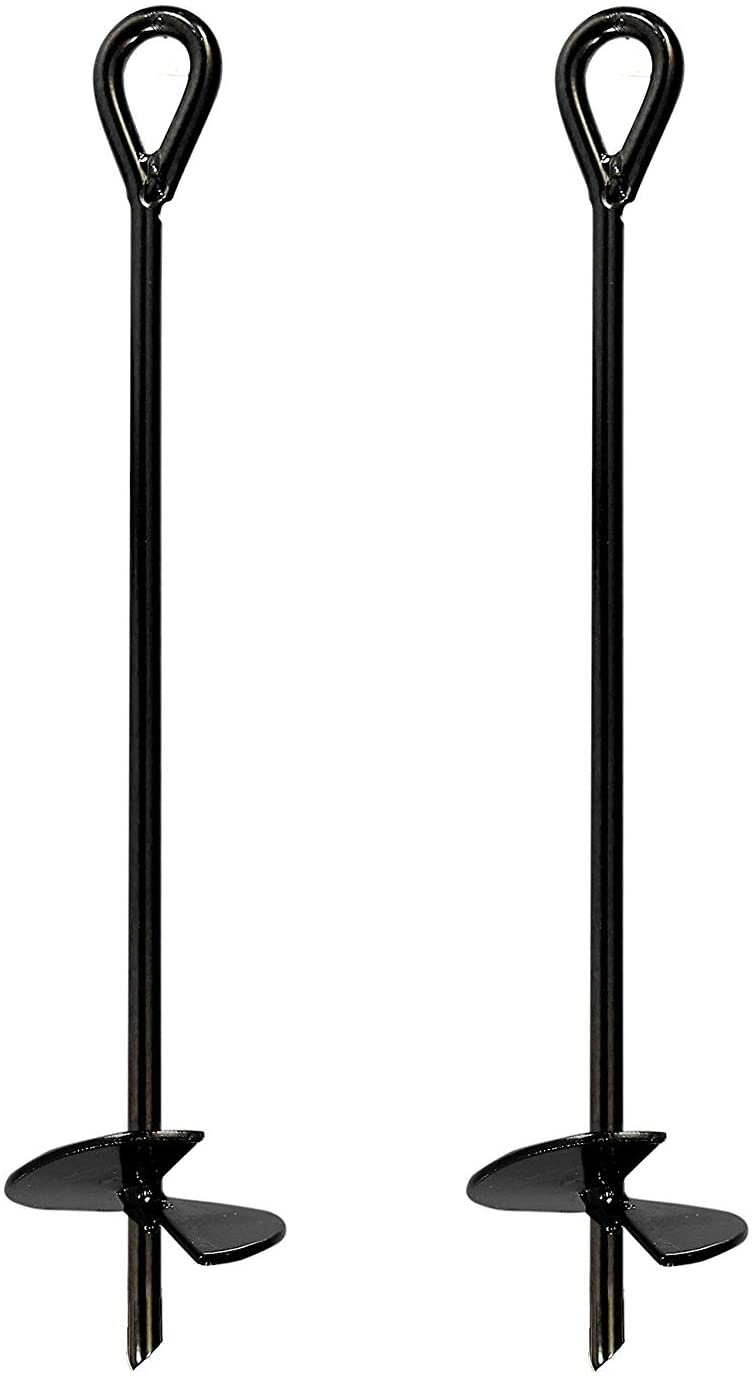Factors to Consider Before Purchasing a Durable Ground Anchor
Factors to Consider Before Purchasing a Durable Ground Anchor
Blog Article
Discover the Necessary Uses of Ground Support in Building and Landscaping
Ground supports are integral parts in both building and construction and landscaping, supplying necessary stability and assistance across numerous applications. From securing gates and fencings to stabilizing short-lived frameworks and enhancing the integrity of keeping wall surfaces, their flexibility is significant. Additionally, their duty in anchoring heavy devices and boosting dirt retention highlights their relevance in promoting safety and sustainability. The complete range of their applications and advantages exposes complexities that merit more exploration, especially in just how they can change project end results in both business and property settings.
Securing Fencings and Gates
Safeguarding fences and gates is a basic facet of building delineation and security in both household and commercial environments. Ground anchors play a vital duty in guaranteeing that these frameworks continue to be steady and efficient in time. By providing a robust anchoring option, ground supports help protect against fences from leaning or collapsing because of ecological elements such as wind, dirt disintegration, or ground activity.
In property settings, correctly secured fences not just enhance the visual allure of a residential property but additionally offer safety and protection for animals and families. Likewise, in commercial atmospheres, protected fencing is vital for safeguarding properties, defining residential or commercial property boundaries, and making certain the security of staff members and consumers. Ground anchors can be mounted in various dirt types and conditions, making them flexible for different jobs.
In addition, making use of ground supports permits a more long-term service contrasted to typical approaches, such as concrete footings, which can be labor-intensive and taxing. Ground Anchor. This effectiveness is especially beneficial in landscape design tasks where timelines are critical. Overall, the assimilation of ground anchors right into fencing and gateway setups significantly adds to their longevity, performance, and general performance in safeguarding residential or commercial properties
Maintaining Momentary Structures
While temporary frameworks are usually developed for short-term use, their security is critical for guaranteeing safety and functionality during their operational duration. Ground supports act as a reliable remedy for stabilizing these frameworks, which may consist of tents, phases, or modular buildings. By securing these setups securely to the ground, ground anchors help withstand wind uplift and side forces that might compromise the stability of the framework.

Moreover, making use of ground supports permits simple removal and repositioning of short-term frameworks, making them an ideal selection for construction sites or occasions that call for adaptability. On the whole, ground anchors are an essential tool in the risk-free and effective monitoring of temporary frameworks, ensuring they carry out accurately throughout their intended usage.
Sustaining Preserving Wall Surfaces
Using ground anchors considerably boosts the architectural integrity of keeping wall surfaces, which are essential for handling soil disintegration and keeping landscape stability. Keeping walls are subjected to lateral planet pressures, and without appropriate assistance, they can fall short, resulting in pricey repair work and possible damage to surrounding frameworks. Ground anchors give a trusted remedy by moving the load from the wall into the underlying soil or rock, guaranteeing the wall continues to be secure and upright.
These supports are typically installed at an established angle and deepness, enabling them to withstand the pressures exerted by the maintained dirt. By using high-tensile strength products and proper installation techniques, ground supports can substantially enhance the wall surface's performance under various environmental conditions, including hefty rains and seismic task.
On top of that, using ground anchors can minimize the need for substantial excavation and material usage, promoting more sustainable building and construction techniques. This technique not just boosts the resilience of keeping walls but additionally lessens the general impact of landscaping projects. Integrating ground supports in preserving wall design is an important practice for both building specialists and landscape engineers intending to guarantee long-term security and safety and security.
Anchoring Heavy Equipment

Ground supports provide a trustworthy method to secure devices, distributing forces equally and enhancing security. The usage of supports allows operators to function confidently, specifically when lifting or relocating hefty tons. In addition, in scenarios where machinery should be positioned on unsteady or soft dirt, ground supports click can be set up to boost grip and avoid devices from coming to be or sinking incapacitated.
Implementing a methodical strategy to anchoring heavy tools not just boosts operational effectiveness but additionally maintains security standards on site. Routine assessments and upkeep of securing check systems are necessary to ensure their proceeded performance. By prioritizing the anchoring of hefty tools, building and construction and landscape design specialists can produce more secure job settings, inevitably leading to even more effective project end results.
Enhancing Dirt Retention

Dirt disintegration poses a substantial difficulty in both building and landscape design projects, making efficient dirt retention methods important. Ground anchors play an important role in enhancing soil retention by offering security to structures and vegetation, thus preventing soil variation brought on by water drainage and wind.
The setup of ground anchors entails embedding steel poles or cords deep into the dirt, which are after that secured to retaining walls, terracing systems, or plant life. This anchoring system not just maintains the soil however additionally boosts the overall stability of landscape design features. As an example, in sloped locations, ground anchors can be utilized to sustain preserving walls, effectively lowering the risk of landslides and soil erosion.
Moreover, these supports assist in the facility of deep-rooted plants, which even more fortify the soil structure. By urging root development, ground anchors contribute to a robust environment that normally holds soil in place, reducing the requirement for man-made obstacles or regular maintenance.
Final Thought
In verdict, ground anchors serve multiple critical features in building and landscape design. By helping with these crucial tasks, ground anchors contribute substantially to the general stability of various projects, making sure sturdiness and sustainability in both property and commercial setups.
By supplying a durable anchoring service, ground supports help prevent fencings from leaning or breaking down due to ecological factors such as wind, soil erosion, or ground movement. - Ground Anchor
By securing these setups securely to the ground, ground supports help stand up to wind uplift and lateral pressures that might endanger the honesty of the framework.
Making use of ground anchors significantly improves the architectural honesty of maintaining walls, which are crucial for managing dirt disintegration and keeping landscape security. Ground supports offer a reputable solution by moving the load from the wall surface into the underlying dirt or rock, making sure the wall surface stays upright and safe and secure.

Report this page